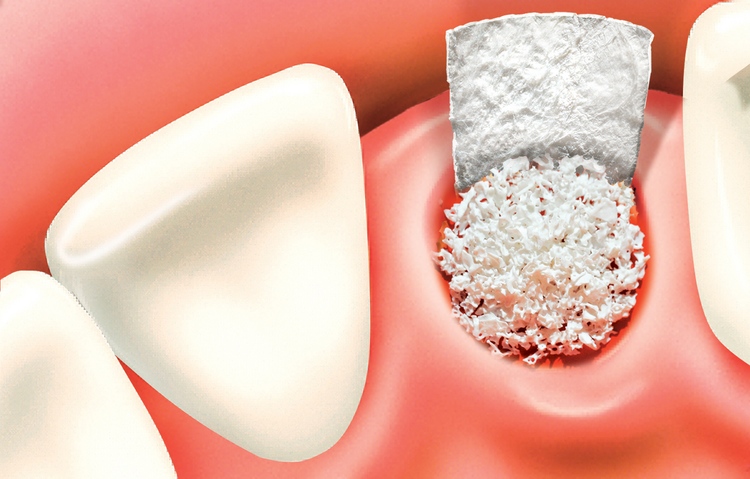It is not unusual for the patient to present for a consultation at the oral surgeon’s office and be informed at some point in the discussion that he or she may require a “bone graft for dental implants” in order to maximise the outcome of dental implant surgery. While this sounds pretty scary at first, the truth is that bone grafting in the oral cavity today is a routine, predictable and painless procedure. These are the few types of bone grafts:
1. Autograft
It is basically your very own bone taken from a donor site and placed somewhere else in the body, into the recipient site. The best success rates in bone grafting have been achieved with autografts, because these are essentially living tissues with their cells intact.
2. Allograft
The Allograft is defined as a tissue graft between individuals of the same species but of non-identical genetic composition. The source is usually cadaver bone, which is available in large amounts. This bone however has to undergo many different treatment sequences in order to render it neutral to immune reactions and to avoid cross contamination of host diseases.
3. Xenograft
The Xenograft is defined as a tissue graft between two different species (i.e. bone of bovine origin). Tissue banks usually choose these graft materials, because it is possible to extract larger amounts of bone with a specific microstructure as compared to bone from human origin.
Consult your tooth bone graft specialist and decide which one suits you the best, in order to make the right long-term decision for your body.



